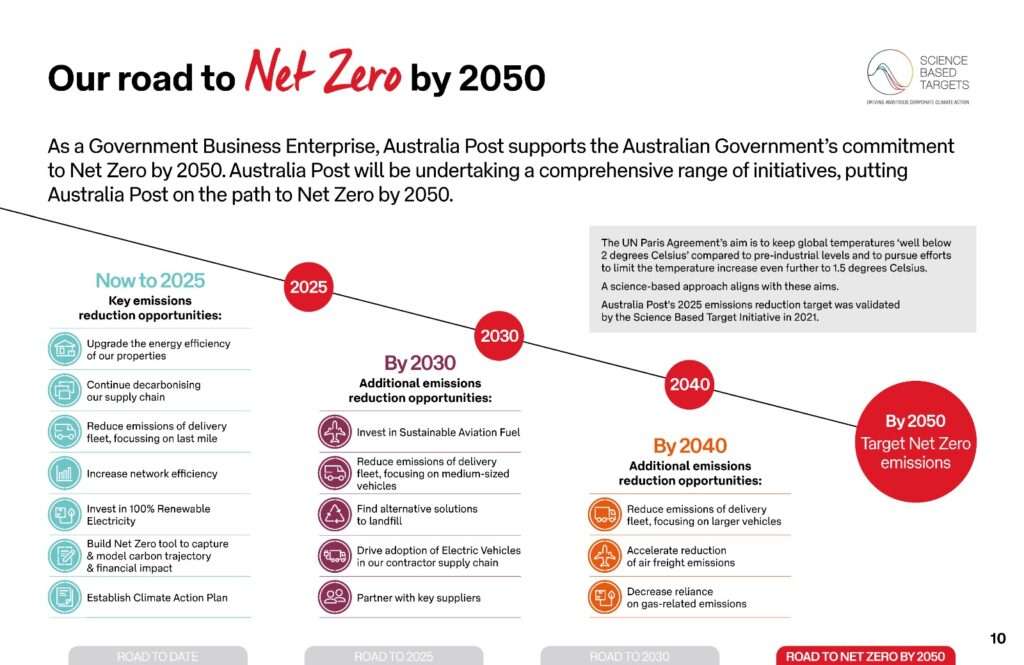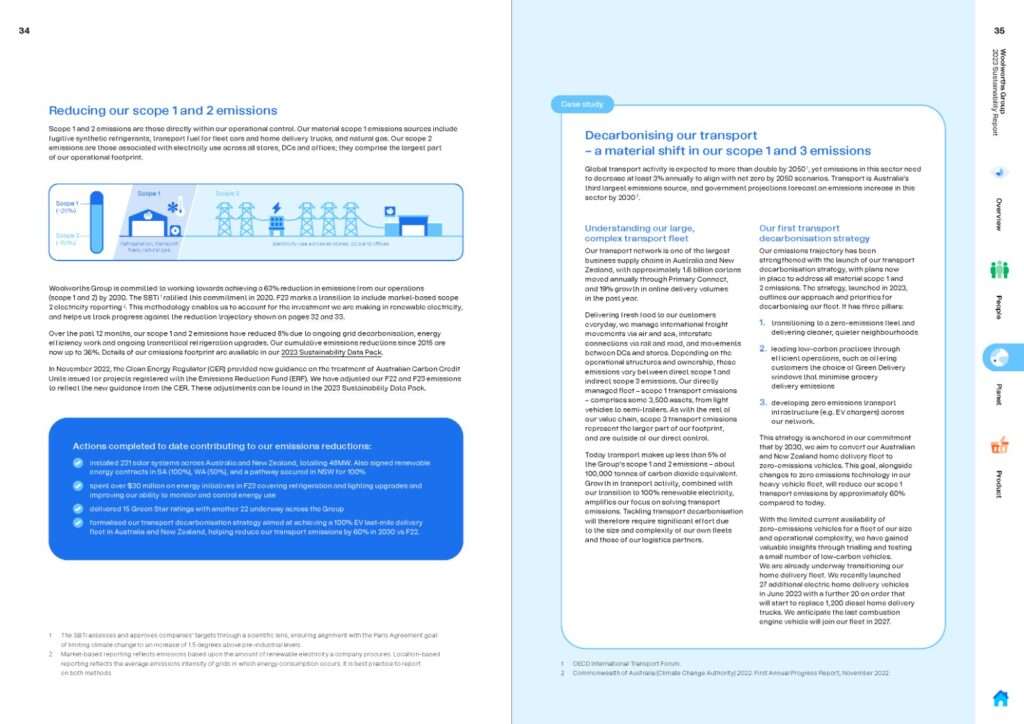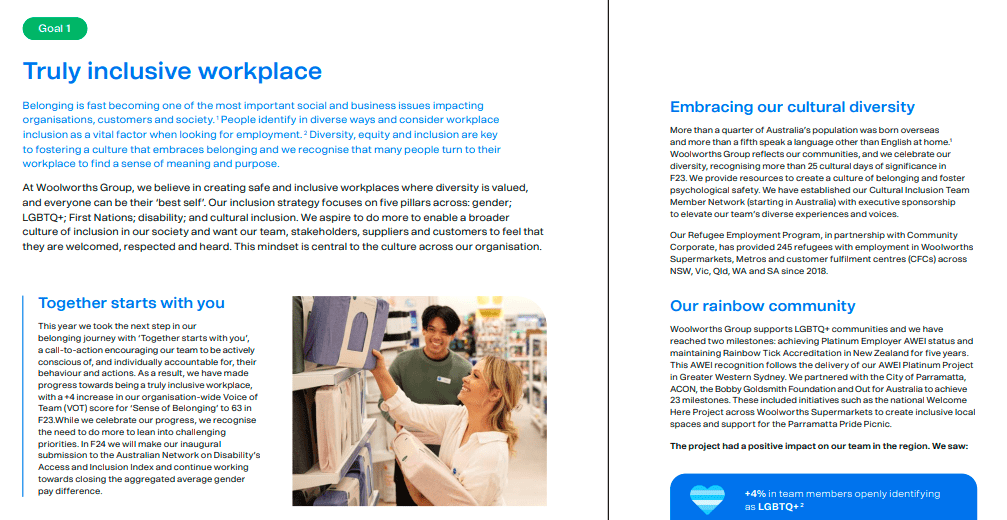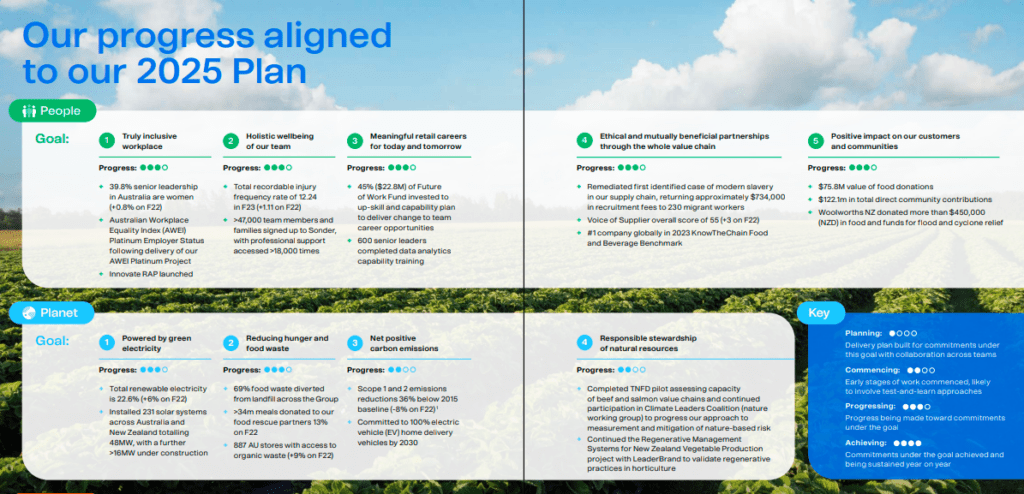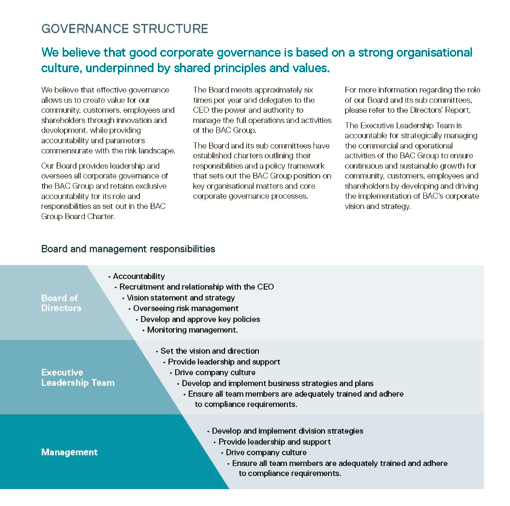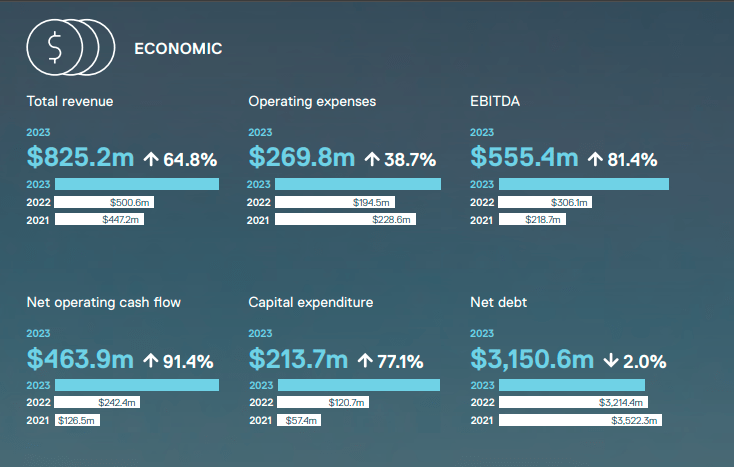ESG Indicators for companies of any size - Join the new era of business!
"How do I start?"
Welcome to the new era of doing business where transparency leads the way.
ESG (Environmental, Social, and Governance) has emerged as an essential framework that businesses of all sizes are adopting globally. With increasing awareness and regulatory demands, companies are recognizing that long-term success is closely linked to their ESG performance.
Whether you are looking to enhance your brand reputation, comply with new regulations, or do your part for a better world, this guide provides essential insights and practical tools to help you integrate ESG criteria effectively into your business strategy, ensuring you are well-equipped for the future of sustainable business.
Reporting ESG Isn’t Rocket Science
Reporting your impact as a company doesn’t have to be complicated. It’s essential for tracking progress and being transparent with stakeholders, which can build trust and attract investors.
However, the reporting stage comes after measuring. And to measure, you need to know the right indicators. Shall we explore them?
The E in ESG – ENVIRONMENTAL
The Environmental aspect of ESG focuses on a company’s impact on the planet. This includes how they manage their use of resources and their environmental conservation efforts. Here’s a brief look at key areas:
- Greenhouse Gas Emissions (GHG):
Companies should measure their carbon footprint to reduce the intensity of climate change in the medium and long term. Questions to consider include:
-What are our total GHG emissions? Are we reducing these emissions?
-What is the carbon footprint of our suppliers?
-Are there low-emission materials incorporated into our production line?
-Are our emissions increasing or decreasing over time?
- Water Resource Management:
Efficient use of water is crucial to ensure that this scarce resource is being used responsibly.
Companies should ask:
-How much water do we consume? What percentage is reused?
-What measures are in place to manage water sustainably?
- Waste Management:
Proper disposal and reduction of waste are vital to ensure that the company is not increasing the problem of waste on the planet. Key questions include:
-How much waste do we generate?
-Is the disposal of these materials environmentally correct?
-Are we minimizing waste over time?
- Energy Management:
Monitoring energy consumption helps reduce your carbon emissions. Important metrics to track are:
-How much energy do we use in our operation? What percentage is renewable energy?
-What is our strategy for increasing energy efficiency over time? Any goals to achieve?
The S on ESG – SOCIAL
The ‘social’ pillar of ESG focuses on the impact businesses have on people—employees, customers, communities, and other stakeholders. This encompasses everything from labour practices and human rights to community engagement and customer satisfaction. Let’s examine some of the key areas:
- Fair compensation
Crucial to ensure that employees are adequately rewarded for their work, reflecting industry standards and living wage benchmarks.
-Are the wages we offer competitive and fair according to industry standards and living wage benchmarks?
-What benefits do we provide to support our employees’ health, well-being, and financial security? Do these benefits meet the diverse needs of our workforce?
- Diversity and inclusion (DAI)
Build a workplace environment where individuals from diverse backgrounds feel valued, respected, and empowered to contribute their unique perspectives.
-What are the employee profiles that make up your company in percentage terms? Is there diversity across all departments including leadership positions?
-Are there positions designated for candidates with disabilities?
-How do we ensure that our hiring process is free from biases, intentional or unintentional?
-Is the average salary equal among all employees, regardless of their gender, race, or sexual orientation?
- Engagement, safety, and culture
Make sure to cultivate a supportive organizational culture where employees are genuinely motivated.
-What is the employee turnover rate?
-Are our working conditions safe and healthy? How frequently do we conduct safety training and audits?
-Do we regularly measure employee satisfaction? What mechanisms are in place to address concerns and feedback from staff?
The G on ESG – GOVERNANCE
Rules, practices, and processes by which a company is directed and controlled. It encompasses the mechanisms through which an organisation ensures accountability, fairness, and transparency in its relationship with all stakeholders
- Transparency and accountability
By providing timely and accurate financial reports and maintaining open communication with stakeholders, companies operate ethically and responsibly.
-Are we fully compliant with the tax laws in all jurisdictions where we operate?
-Do we provide timely and accurate financial reports to all our stakeholders?
-What is our relationship with tax authorities?
- Board and governing body
A diverse board with a mix of skills, backgrounds, and experiences can bring fresh perspectives and insights to governance practices, promoting innovation and strategic decision-making.
-Does it have a diverse board and governing body?
-Does it have an ethics and compliance committee?
-Does it promote the participation of employees at all levels in administrative decisions?
- ESG Ecosystem
The ESG ecosystem extends beyond the boundaries of the company to include its suppliers, partners, and other stakeholders.
-Is there a selection criterion for suppliers and partners? Do they also have ESG policies?
-Is there a code of ethics for suppliers and partners? What is the communication with them like?
- Ethics and Integrity
By establishing clear policies and codes of conduct, companies can foster trust among stakeholders, and mitigate risks associated with unethical practices.
-Are there anti-corruption policies in place? Data protection policy?
-Is there a code of ethics for all stakeholders?
-Are employees aware of these policies and codes?
Overview + the indicators that answer all these questions:
(E)
- Total annual GHG emissions in metric tons of CO2 equivalent.
- Percentage of GHG emissions reductions
- The average carbon footprint of suppliers in metric tons of CO2 equivalent.
- Percentage of low-emission materials used in the production line.
- Year-over-year percentage change in total GHG emissions.
- Total annual water usage.
- Percentage of water reused or recycled.
- Number of sustainable water management practices implemented.
- Total annual waste generated in metric tons.
- Percentage of waste disposed for recycling, circular economy purpose.
- Year-over-year percentage reduction in hazardous waste produced.
- Total annual energy consumption.
- Percentage of energy consumed from renewable resources.
- Year-over-year percentage improvement in energy efficiency.
(S)
- Average wage compared to industry standards and living wage benchmarks.
- Modern slavery
- Human Rights
- Stakeholders engagement
- Percentage of positions designated for candidates with disabilities.
- Social impact of the company.
- Sustainable Development Goals
- Pay equity ratio across gender, race, and sexual orientation.
- Number of trainings and audits conducted per year.
- Employee satisfaction score.
- Mechanisms in place for addressing employee concerns and feedback.
(G)
- Board accountability
- Frequency and accuracy of financial and sustainability & ESG reporting to stakeholders.
- Diversity index of the board and governing body.
- Presence and effectiveness of an ethics and compliance committee.
- Percentage of employee participation in administrative decisions.
- Compliance rate with supplier and partner selection criteria.
- Percentage of suppliers and partners with implemented ESG policies.
- Existence and enforcement of a code of ethics for suppliers and partners.
- Quality of communication and interaction with suppliers and partners.
- Existence and compliance rate of a data protection policy.
- Presence of a comprehensive code of ethics accessible to all stakeholders.
- Awareness rate among employees regarding company policies and ethical codes.
By using these reporting templates and selecting strategic indicators, you and your business will be able to incorporate ESG practices and unlock new
Stay informed, make a difference!
Join us in our mission for a sustainable future. Acess our insights and subscribe to our newsletter and stay up-to-date with the latest sustainability news, tips, and trends. Together, let’s create a green and social economy for all.

